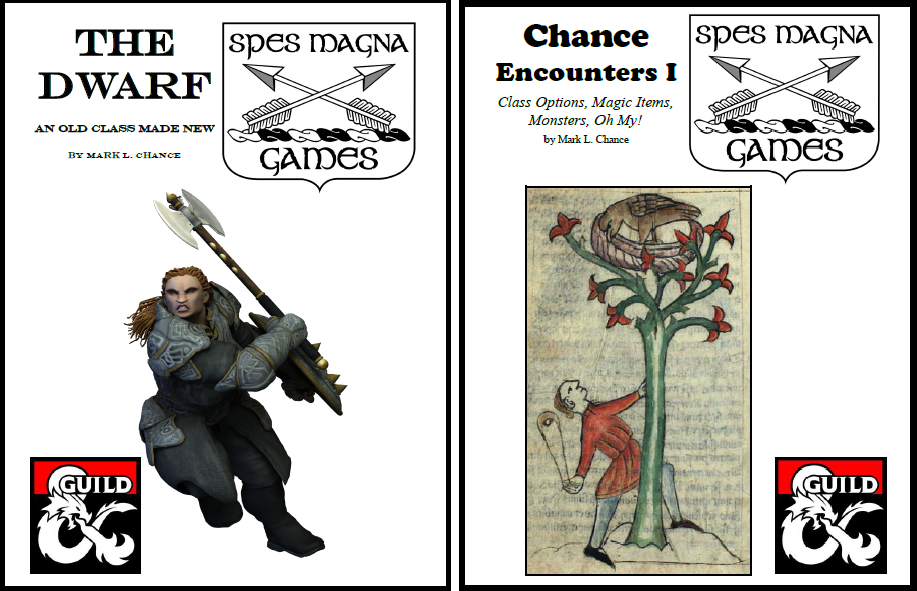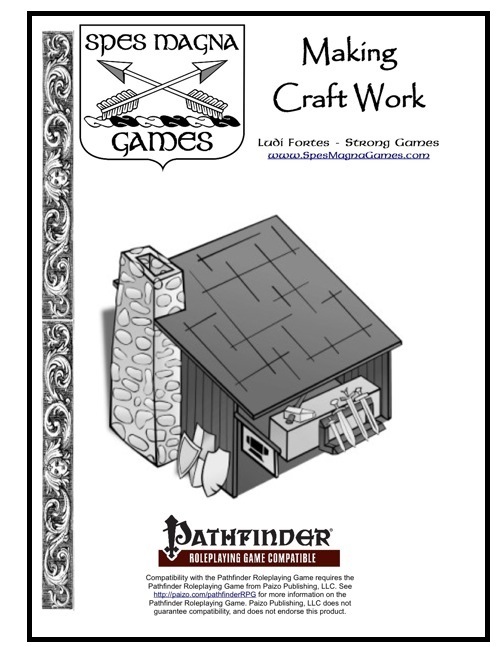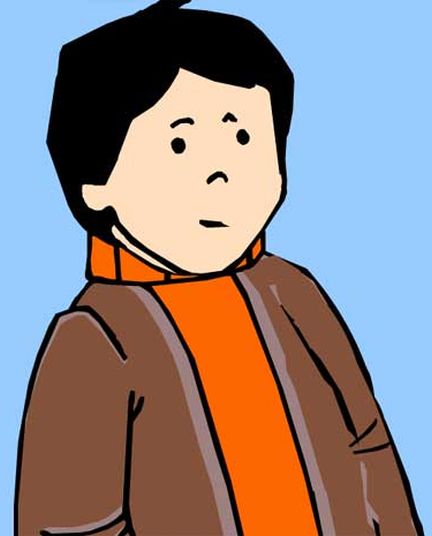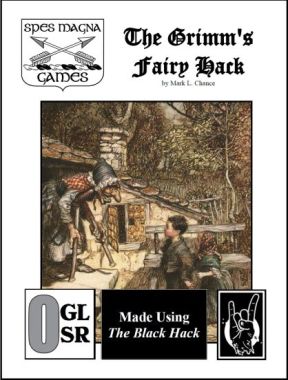The Calefactive Cavern of Colossal Crystals

Accessible perhaps only through a high-altitude cavern in a region of feared geological instability, the Calefactive Cavern of Colossal Crystals provides shelter to no living creature for long. Not only is the cavern dangerously hot, not only is its atmosphere tainted with unwholesome fumes, but also the enormous, fast-growing crystalline structures in the cave emanate psychoactive radiation that may cause bizarre changes in living creatures too long exposed to these ineffable energies.
Mutant Future Version:
The atmosphere in the cavern is toxic. Anyone who breathes it for too long may be suffer. For every hour exposed to the toxins, there is a 25% cumulative chance of harm that requires a saving throw against Class 6 Poison (6d6 points of damage, or half that with a successful saving throw). Every hour spent away from the cave and/or spent breathing healthy air reduces the chance of suffering harm for that creature by 25%. The heat in the cave is also problematic. Temperatures in the cave reach 58 °C (136 °F) with very high humidity. A creature must succeed at a saving throw versus Energy Attacks once every 10 minutes or take 1d4 points of damage. Characters wearing heavy clothing or armor take a –4 penalty on their saves.
A living creature that survives in the cave for 24 hours must make a saving throw versus Radiation. If the creature fails, it develops a random mental mutation, and the creature also loses 1d4 points from Dexterity and Charisma. Additional saving throws against Radiation occur at an accelerated pace for time spent in the cavern past 24 hours, specifically at 36 hours, 42 hours, and 45 hours. After this time, new saving throws are required hourly. If a creature’s Dexterity drops to less than 3, the creature becomes paralyzed. If its Charisma drops to less than 3, the creature becomes dangerously insane.
Time spent away from the cavern gradually reverses mutagenic effects. Acquired mental mutations vanish at a rate of 0-3 (d4-1) mutations per 24 hours spent away from the cave. Lost points of Dexterity and Charisma return slowly, at a rate of 0-2 (d3-1) points per 24 hours spent away from the cavern.
D&D Version:
Movement in the cavern, to include climbing and flying, encounters difficult terrain. In the case of climbing, the giant crystals offer few handholds and are quite hot to the touch. For flying, the interlocked giant crystals present few straight paths even for flying creatures size Small or larger. The hostile environment of the cave poses several dangers:
* The severe heat forces a Constitution save once every 10 minutes versus DC 10, increased by +1 for each additional 10 minutes spent in the cave. Failure causes 3 (1d6) points of fire damage and increases exhaustion by one level. Characters wearing heavy clothing or armor have disadvantage on these saving throws.
* The bad air forces a Constitution save once every hour versus DC 10, increased by +1 for each additional hour spent in the cave. Failure causes 7 (2d6) points of poison damage and imposes the poisoned condition.
* Every so often, major eruptions of steam occur in the cavern. These eruptions cause between 14 (4d6) and 52 (15d6) fire damage. A Dexterity save (DC 8 + one-half the number of damage dice) reduces this damage by half. The radius of the steam eruption is 5 feet per damage die.
* Pockets of flammable gas also accumulate in the cavern. If exposes to open flame, these pockets explode in a 20-foot radius, causing 14 (4d6) fire damage. With a Wisdom (Perception) check made against DC 15, a creature may notice the tell-tale odor of a gas pocket in time to prevent an accidental explosion.
Any living creature that survives in the cavern for 24 hours must make a Wisdom save against DC 15. Failure means the creature develops an innate psionic power that can be used at will. The creature uses its Intelligence as its spellcasting ability. The creature also loses 1d6 points from both Dexterity and Charisma. If Dexterity drops to 0, the creature dies. If Wisdom drops to 0, the creature becomes afflicted with indefinite madness. The saving throw must be repeated every 1d6 hours after the first 24 hours.
Psionic powers are gained in the following order: detect magic, detect thoughts, clairvoyance, and arcane eye.
Psionic powers fade after 24 hours spent outside the cavern. Lost points of Dexterity and Charisma return at a rate of 1d4 points each per long rest. A creature suffering paralysis due to lost Dexterity loses the paralyzed condition when Dexterity recovers 1 point, but indefinite madness does not go away on its own.

Over at the DMs Guild site, sales/downloads of The Dwarf are going fairly well. I’ve not received any feedback yet, but I’m still pleased with the initial response. For those who’ve not heard, The Dwarf brings you an old class made new. Back in the Golden Age of the World’s Greatest Roleplaying Game, dwarf was not just a race, but it was also a character class. Now you can relive the days of race-as-class. The Dwarf includes the complete dwarf character class, new dwarf subraces, new dwarf subclasses, and new dwarf backgrounds.
I’ve also made grand progress on Chance Encounters I. This supplement presents new options for characters, including a new bard college, a couple of new spells, a half dozen new monsters, and a few other goodies for use in 5E D&D games. I’m thinking the supplement will be completed, edited, et cetera, and available for purchase before the end of January. At the moment, I am uncertain whether Chance Encounters I will be available through the DMs Guild. I’m leaning toward releasing it through DriveThruRPG.



